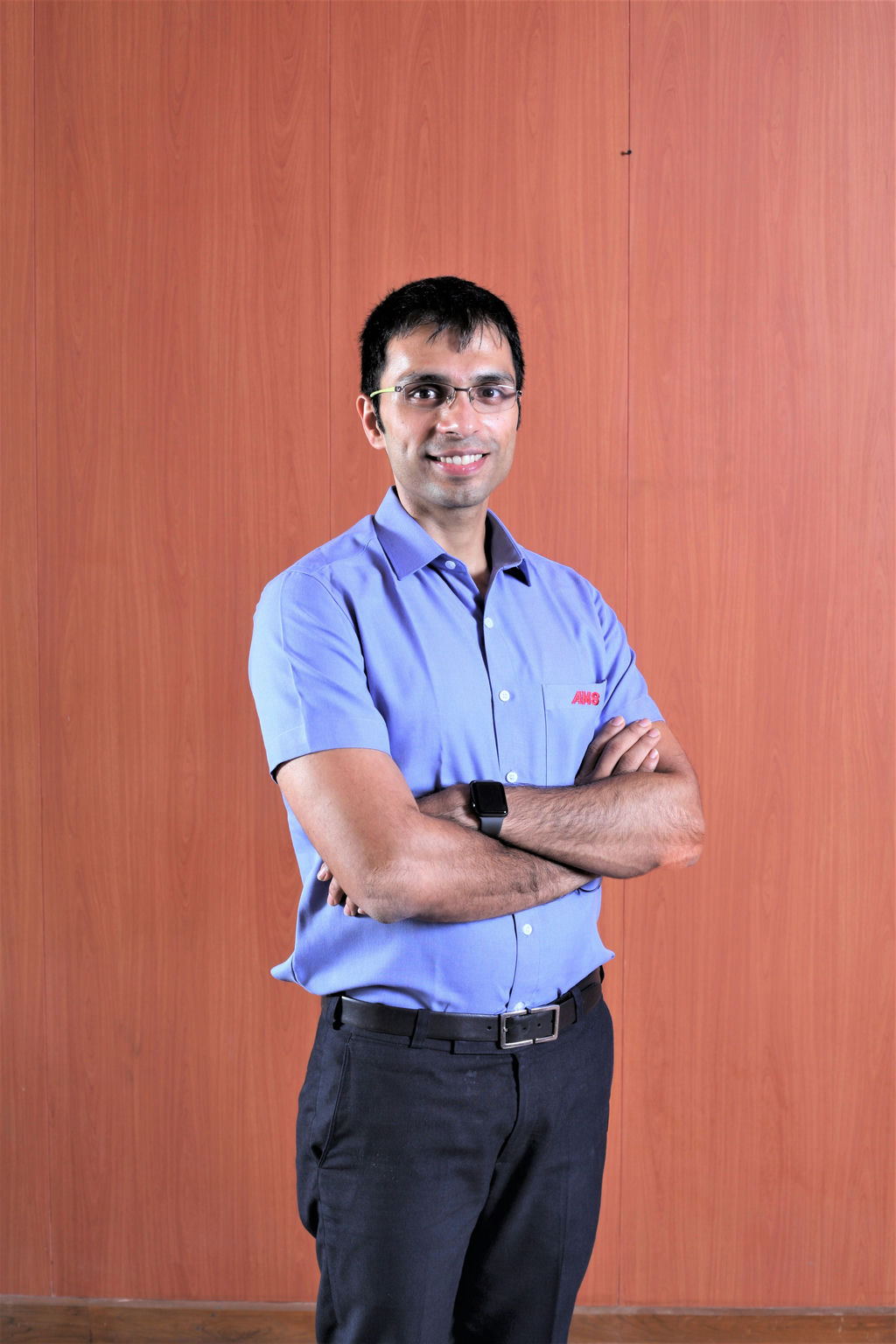
I3DPn: What was the idea behind Ace Micromatic group entering the Additive Manufacturing space with Amace ?
Dr Vishwas Puttige: Globally, there is a growing demand for prototyping and small batch production of metal parts. There is a slow but steady adaptation of additive manufacturing techniques for producing components in India. Being a customer centric group and pioneers in technological adaptations, it was imperative to widen our offerings from conventional machines to include additive solutions. Hence amace was formed to provide end to end solutions in the 3D printing space. Today amace offers pre-processing activities such as design, simulation, analysis of parts to suit 3D printing, print parts in different metal alloys and finish the parts through various post processing techniques.
I3DPn: With the group’s expertise in Conventional Machining and Manufacturing, what overlaps do you see with Additive Manufacturing ?
Dr Vishwas Puttige: With our experience in both subtractive and additive manufacturing methods, we believe that both these methods are complementary to each other and both the technologies will co-exist. Most of the parts after printing need to be machined to either remove supports or to finish the parts to the final shape and size. With the increase in demand for additive manufacturing machines the demand for conventional subtractive machines will increase proportionately. On the contrary the casting process, the forging process and fabrication process for specific size and type of components may get influenced by the use of AM.
I3DPn: What opportunities and challenges do you see with Additive Manufacturing in India ?
Dr Vishwas Puttige: India is a very cost sensitive market and over the years has become a hub for global mass production. This is likely to increase in the years ahead with investors from across the world lining up to invest in the country. Acceptance of additive manufacturing needs a different perspective compared to the conventional one. Most manufacturers have no awareness about existence and benefits of such a technology. The benefits are not normally tangible making it difficult to see the return on investment. However some of the early adopters in India have seen the advantages AM has to offer and are leveraging it for their manufacturing process. Another key aspect is that the end user or consumer has a direct access to the AM process opening doors to a wider opportunities in lifestyle and consumer markets. India is also slowly but steadily accepting the maker movement where in the consumer wants to have a direct involvement in making or manufacturing thing. AM is one of the most suitable tools in doing this where the end product can be taken from design to finish directly.
I3DPn: What are your views on the current Additive Manufacturing scenario in India and the future ?
Dr Vishwas Puttige: Current the AM market in India is at a very nascent stage. Compared to many other Asian countries where the adaptation is much higher, AM in India needs few more years to reach its true potential. However, some of the early adapters in Auto OEM and Research institutes have invested in this technology and are reaping benefits from it. The rate at which this technology is changing, very soon it will become cost competitive for some of the batch production applications too, thereby enhancing adaptation. The future is promising with the entire ecosystem for AM adaptation and production getting created in India. With enhanced focus for manufacturing in the country, there is a promising future for AM.


